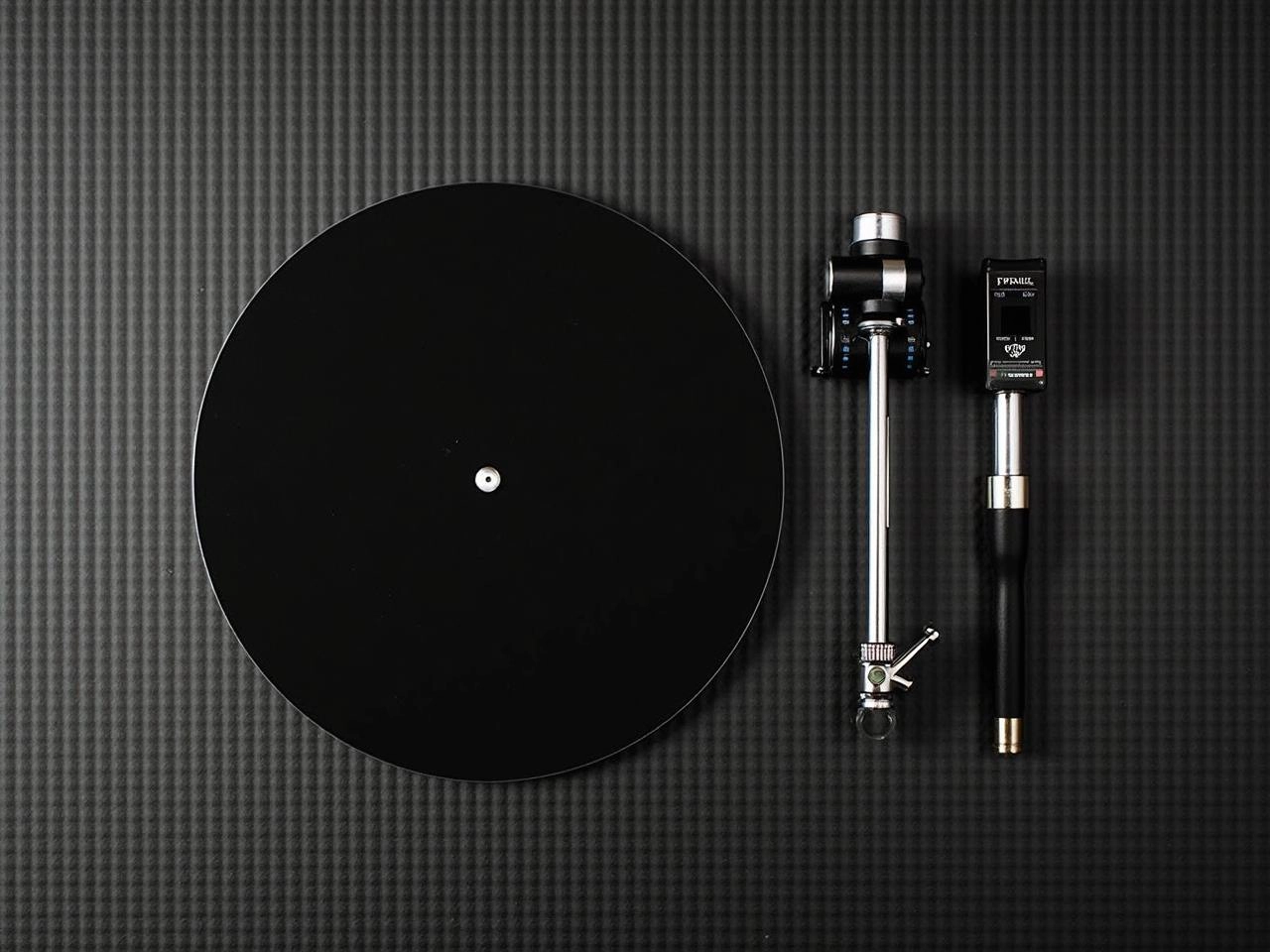The world of Hi-Fi can quickly become expensive, but you don’t need to spend thousands to dramatically improve your record player’s performance. Strategic, budget-friendly upgrades focused on reducing vibration and optimizing tracking deliver the most significant acoustic returns. This checklist focuses on upgrades that address the fundamental physics of vinyl playback for under $200.
The Core Goal: Stabilize and Decouple
All budget upgrades share one common purpose: to stabilize the stylus’s interaction with the record groove and decouple the entire system from environmental noise. Achieving this addresses the root causes of poor sound quality—mistracking and resonance.
Top 5 Budget-Friendly Record Player Upgrades
The following checklist prioritizes components that directly impact tracking precision and resonance absorption.
| Upgrade Item | Estimated Cost | Performance Impact |
| 1. Isolation Platter Mat | $50 – $100 | Decouples the record from the platter’s resonance (ringing), leading to a blacker background and improved detail retrieval. |
| 2. High-Quality Stylus (or Cartridge) | $75 – $150 | The most direct path to better sound. A finer stylus profile (e.g., elliptical) retrieves more information from the groove. |
| 3. Digital Tracking Force Gauge | $15 – $30 | Ensures your vertical tracking force (VTF) is set exactly to the cartridge manufacturer’s specification, optimizing tracking and minimizing vinyl wear. |
| 4. Carbon Fiber Record Brush | $10 – $20 | Reduces static and removes dust before play, preventing audible clicks and reducing wear on the stylus. |
| 5. Isolation Footers/Foundation | $30 – $75 | Placed beneath the plinth, these absorb structure-borne vibration from the shelf or floor, a critical fix for low-frequency rumble. |
The Critical Role of Isolation Products
Budget turntables are often the most susceptible to environmental resonance because they typically lack heavy, high-mass plinths for natural dampening. This makes isolation products, particularly those using advanced microcell technology, a non-negotiable upgrade.
Isolation: Maximum Gain for Minimum Spend
- Targeted Dampening: Isolation footers or foundations address the issue of external vibration (e.g., footsteps, street traffic) traveling up through the furniture. This is an immediate and noticeable improvement in clarity.
- Reduced Feedback: By eliminating acoustic feedback loops, isolation allows you to turn up your amplifier without fear of the speakers’ sound waves causing the turntable to mistrack.
Maintenance and Final Tuning
Once the physical components are upgraded, invest time in meticulous setup. Use your new tracking force gauge to set VTF, and consider purchasing an alignment protractor (often free online) to precisely set your cartridge overhang and azimuth. These final calibration steps ensure you are extracting the maximum performance from your budget-friendly components.
Q&A: Budget Upgrade Strategy
Q: Should I upgrade the cartridge or buy an isolation mat first? A: If your current stylus is worn, upgrade the cartridge/stylus first for immediate clarity. If the system suffers from noticeable rumble or feedback, prioritize the isolation mat or footers.
Q: What is a proper tracking force for a budget setup? A: This depends entirely on your cartridge model. Always refer to the cartridge manufacturer’s recommended range and use your digital gauge to set the VTF to the midpoint of that range.
Q: How do I know if my mat is working effectively? A: A working mat will result in a “blacker” (quieter) background, cleaner bass, and improved separation between musical elements. The simplest test is listening for a reduction in audible rumble.
